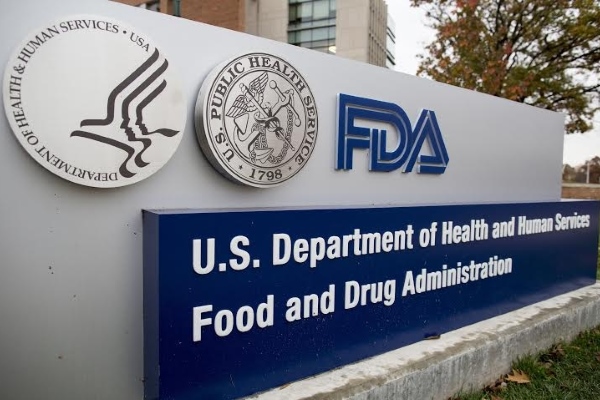
Draft guidance has been published by the US Food and Drug Administration to clarify new regulations that aim to prevent the “very serious threat” of intentional adulteration of the US food supply chain.
The guidance, the first of three instalments, refers to the new Intentional Adulteration (IA) rule – under the FDA Food Safety Modernization Act (FSMA) – which was published in 2016 and comes into force for large businesses in July 2019.
Also called “Mitigation Strategies to Protect Food Against Intentional Adulteration”, the IA rule seeks to strengthen efforts to protect against the possibility that someone could use the US food supply to harm American consumers, such in acts of terrorism.
Under the rule, owners, operators or agents in charge of domestic or foreign manufacturing, packaging or storage facilities for food destined for US consumption, are required to implement “risk-reducing strategies for processes in food facilities” that are particularly vulnerable to intentional adulteration.
The 94-page guidance on the IA rule is timely given criticisms levelled at the FSMA, which claim it is introducing new levels of red tape for the food industry.
The guidance sets about providing “greater clarity and predictability” for manufacturers, and guidance in developing and implementing a food defence plan. It also subscribes to a more flexible approach to meeting the rule’s requirements following feedback that the rule was particularly burdensome.
Specifically, the document highlights how to conduct a vulnerability assessment, how to identify and implement mitigation strategies and management components such as monitoring and corrective actions, what training staff members might need, and the record-keeping requirements associated with a food defence plan under the IA rule.
“We’ve engaged directly with stakeholders while drafting this guidance to understand their perspectives and any concerns they have about complying with this rule. We’ve listened to their valuable feedback,” said FDA commissioner Scott Gottlieb in a statement.
“We heard consistently from a variety of stakeholders that the rule needed to be practical and that facilities needed flexibility when conducting vulnerability assessments. The draft guidance reflects this approach,” he said, adding: “The new guidance illustrates different ways that each facility can meet the requirements of the rule, and the guidance provides a range of options for identifying and reducing vulnerabilities. We want to help ensure that the new requirements are cost-effective and not overly burdensome, while still being protective of the food system.”
The document overtly notes that “the vulnerability assessment requirement is flexible” where a “facility can choose the VA method that is most appropriate for it” based on criteria listed in the regulation.
It also notes recommended activities prior to conducting a vulnerability assessment, including assembling a food defence team and developing a process flow diagram. It adds: “we recommend that you leverage whatever relevant existing resources and documents are available to you to improve efficiency and eliminate duplicative efforts.”
The FDA also mentions its Key Activity Type (KAT) method as an appropriate method for conducting a vulnerability assessment. The KAT method, borne out of an FDA analysis, identifies four key activity types that reflect significant vulnerabilities for intentional adulteration: bulk liquid receiving and loading; liquid storage and handling; secondary ingredient handling; and mixing and similar activities.
The document also gives examples of how a vulnerability assessment might be done and mitigation scenarios, and also discusses reducing the ability of an inside attacker to contaminate a food product.
“The likelihood of an incident at a particular facility is low, but the intentional adulteration of the US food supply represents a very serious threat – one that could have devastating public health consequences,” Gottlieb said. “That’s why the FDA is taking important steps toward preventing the intentional contamination, or adulteration, of the US food supply.”
In collaboration with other authorities, stakeholders and the industry, “our shared goal is to keep food safe for American consumers”, he added.
The second and third guidance instalments, which will cover facility tailored vulnerability assessments and training requirements, and corrective action and record-keeping requirements respectively, will be published later this year.
A public meeting on the guidance will also be held later this year, while the FDA continues to review feedback.
©
SecuringIndustry.com





